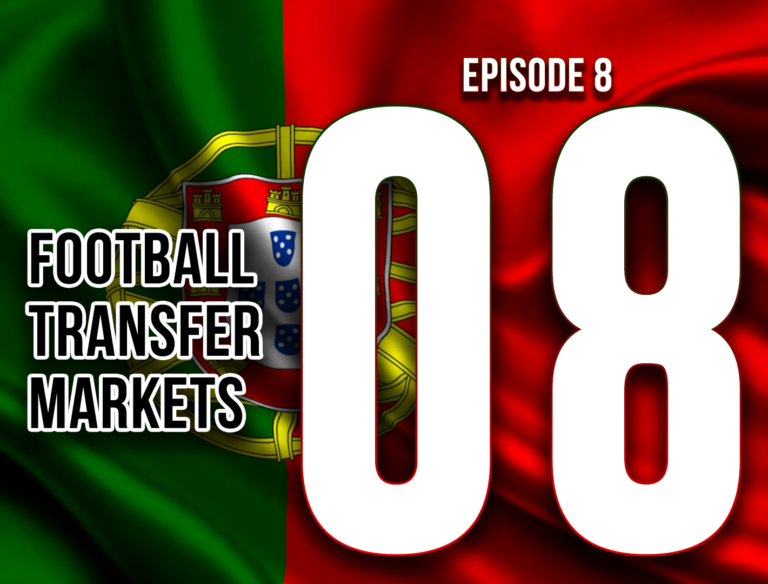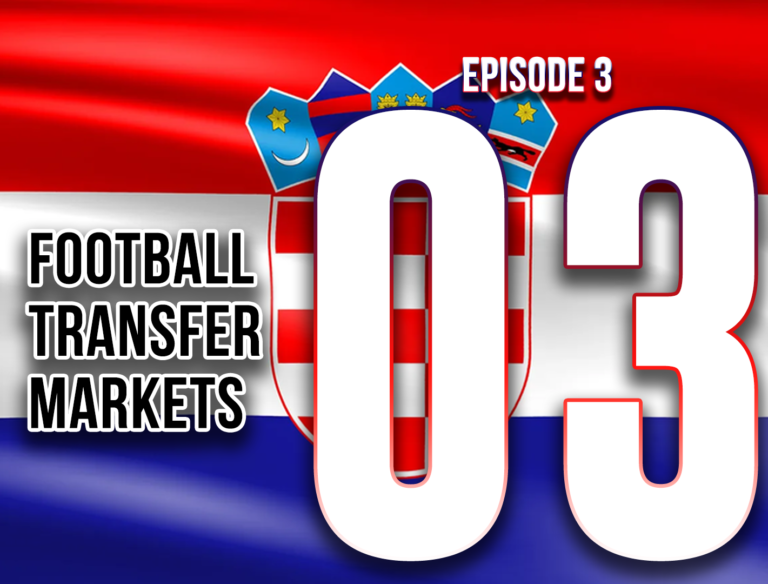FOOTBALL TRANSFER MARKETS: Episode 5 – Hungary
The Hungarian football transfer market has paramount importance for the industry. We are thrilled to present the new episode related to Hungarian transfer market covered by Marton Kiss, an associate lawyer at SILA International Lawyers, author of many articles on football law, international sports lawyer practicing in FIFA ADR, judicial bodies and Court of Arbitration for Sport. This episode touches the professional football in Hungary.
The episode covers following topics:
- The existing system of domestic training compensation system and solidarity mechanism
- Transfer structuring common for Hungary football transfer market
- Discussion about the enforceability or recommendation about the “Standard Contract Form”
- Problem with the NDRC in Hungary
This episode Football Transfer Markets – Hungary highlights the existing issues existing in the training rewards system at a local level and the development processing.
Hungarian Training Compensation: A Dual-System Approach
A key distinction in the Hungarian football transfer market lies in its domestic training compensation system. While FIFA sets fees between €10,000 and €90,000, Hungarian clubs typically earn just €500 to €800 annually for youth player development.
This gap significantly affects smaller clubs, especially when their players move abroad. Márton explains that the system operates in two main phases: youth development (ages 5–21) and senior level (ages 22–34).
Operational Costs vs. Traditional Compensation in Hungarian football transfer markets
Hungary supplements its training model with operational cost compensation, which is based on a club’s development tier. Clubs are categorized as grassroots, district centers, talent centers, or academies.
Join us as we explore these essential topics to gain a comprehensive understanding of the Hungary football transfer market. Watch the episode now to uncover exclusive knowledge straight from an industry practitioner. For convenience, the episode is also available on Spotify and Apple Podcast.





